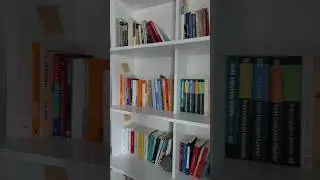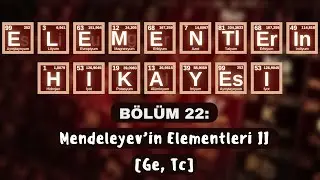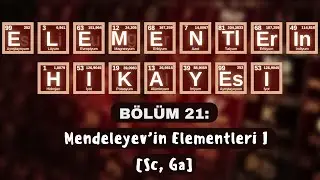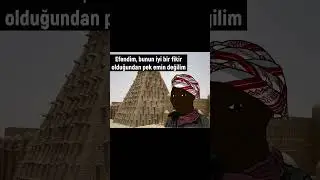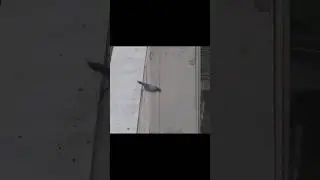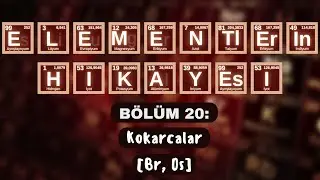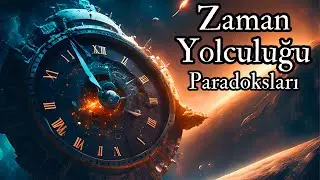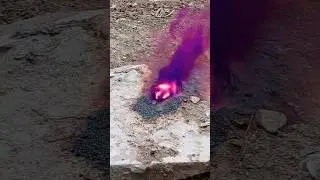WHY DO WE ALWAYS SEE THE SAME FACE OF THE MOON? | THE FORMATION OF THE MOON AND ORBITAL MOVEMENTS
When we look at the Moon at night or during the day, it seems to us that the Moon does not change much. The gray spots on it and that shimmery white crater visible even in the daytime are always in the same place as if the moon is not turning. So, what is the reason we see the Moon so static? Does such a thing as the dark side of the moon really exist? How are the rotation periods of the Moon around its axis and the rotation periods around the Earth equal over time? What kind of consequences did the mass and gravity centers of the moon have at different points? How is tidal locking between the Moon and Earth achieved? What is the effect of this event on the formation of the tides? How are the tides formed? How was the moon formed? What claims do theories of great collision, co-formation, and capture make? How did the lunar seas, which we see as gray spots, come into being? What percentage of the Moon can an observer on Earth see at most during his lifetime? We answered these and many more questions about the formation of the Moon and its orbital movements in our video.
You can share the video topics you want to see on our channel in the future in the comments. Don't forget to subscribe to be aware of our videos and like the video to support us.
You can access the text of the video from the link below:
https://www.aklingolgesi.com/brand/ah...
Video Planning and Text: Yafes Çelebi
Voice: Ferkad Kudvetoğlu
Video Design and Editing: Ferkad Kudvetoğlu
Design: Ahmet Yasin Küçük
Subtitle: Ferkad Kudvetoğlu




![Срочно Измени Эти Настройки SIM-Карты! Как Ускорить Мобильный Интернет и Связь [Преимущество]](https://images.videosashka.com/watch/7sNSD6AUNbc)





